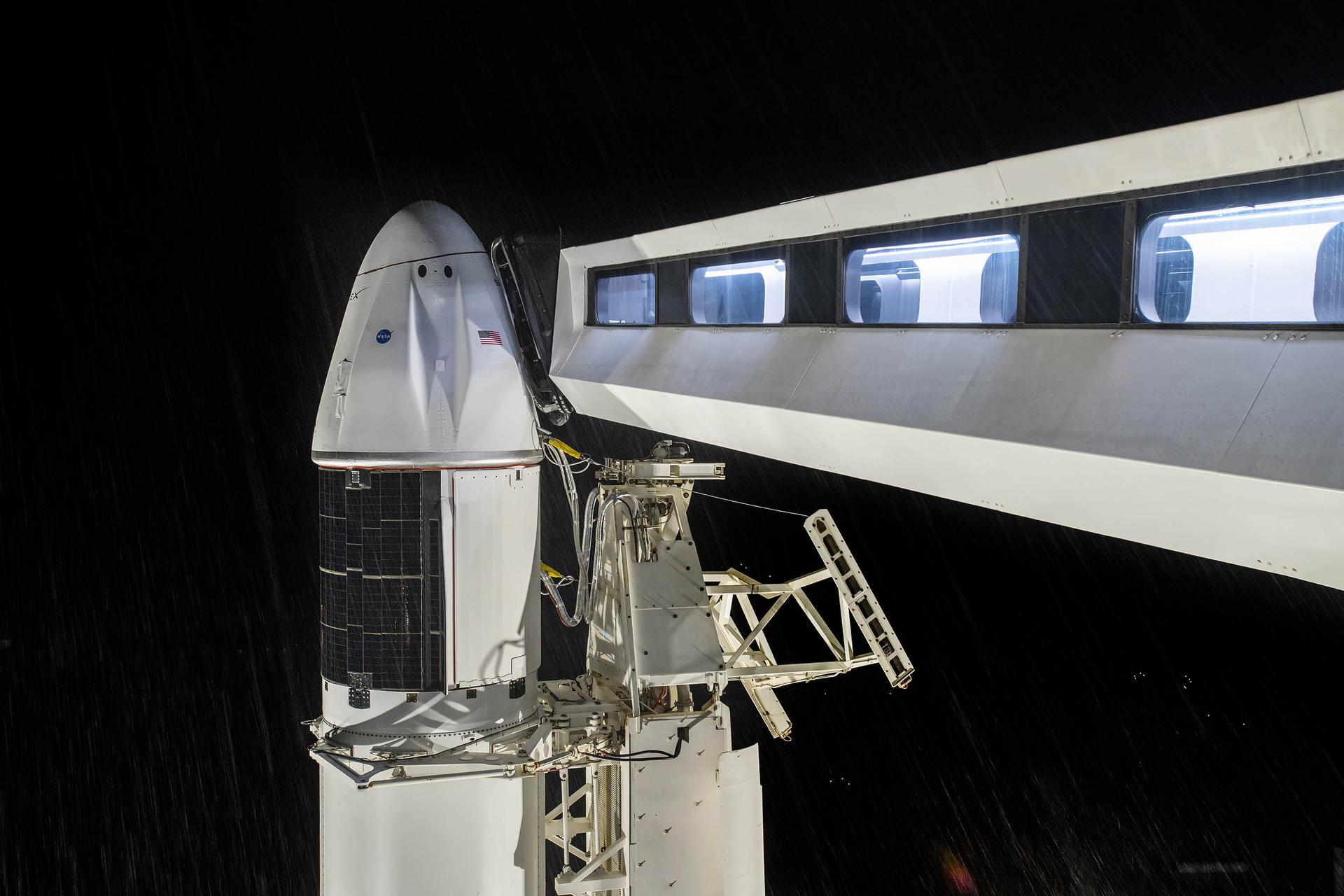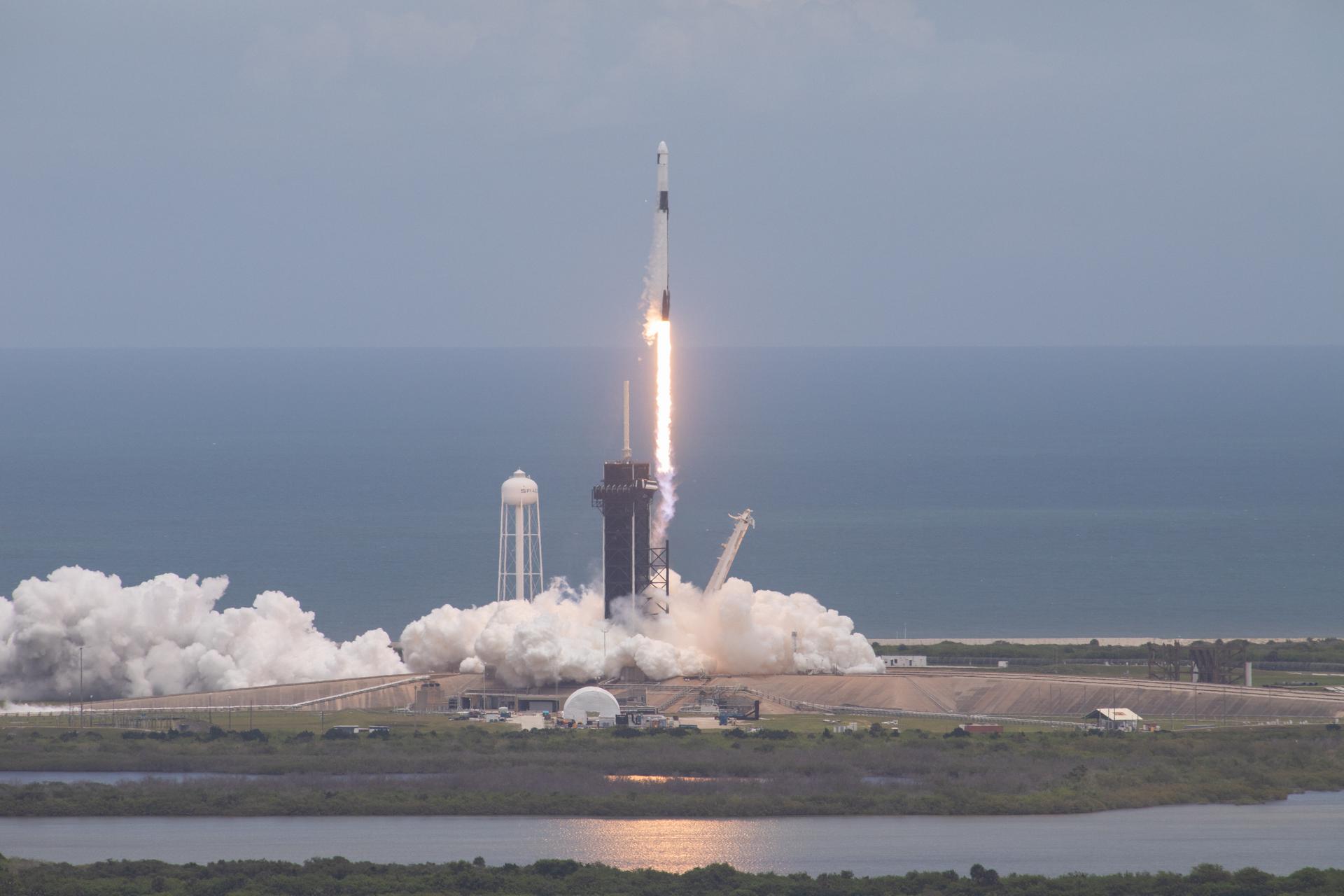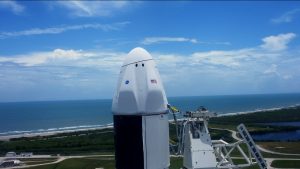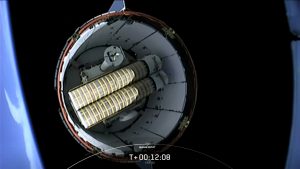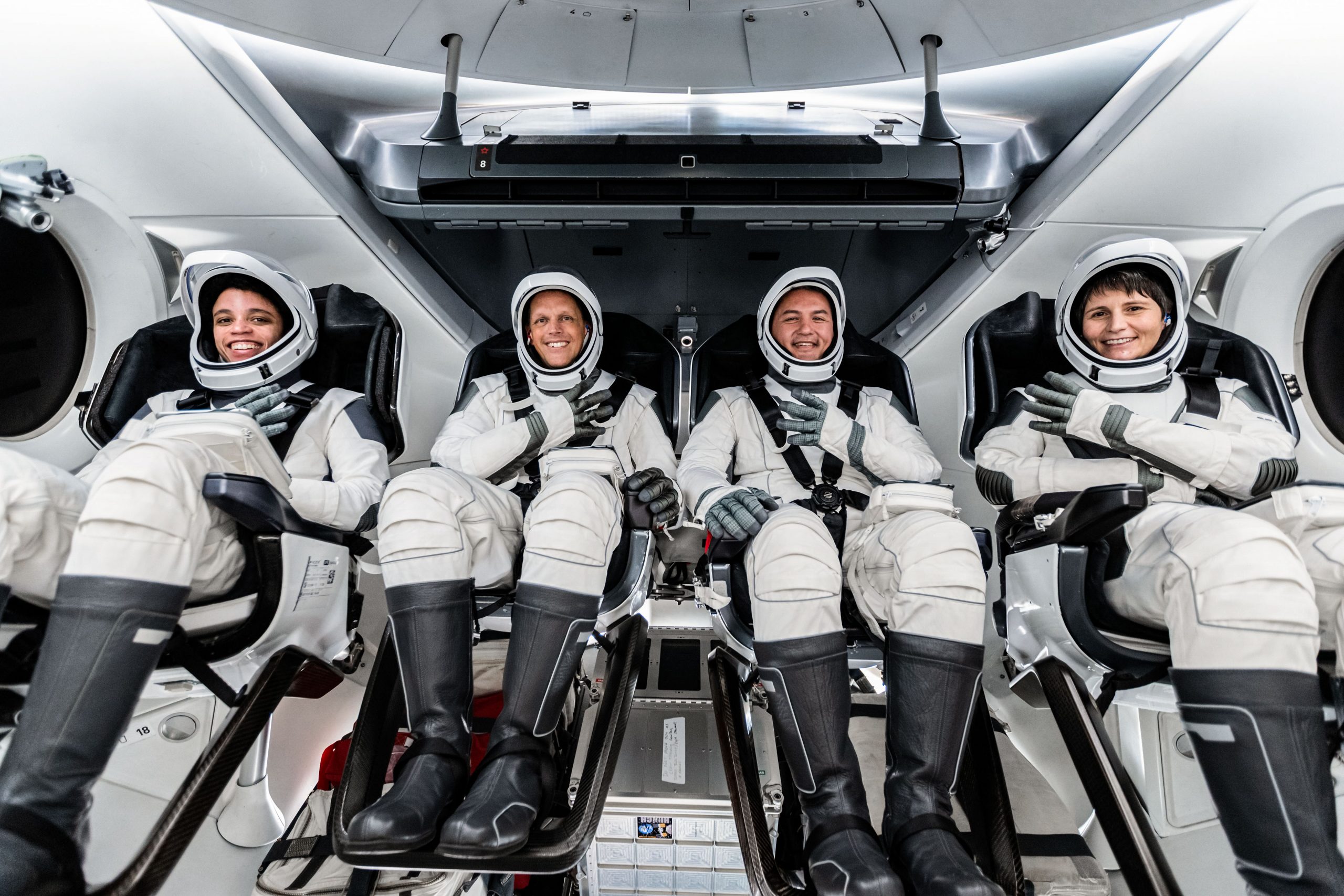
NASA’s SpaceX Crew-4 team – consisting of NASA astronauts Kjell Lindgren, Bob Hines, Jessica Watkins, and ESA (European Space Agency) astronaut Samantha Cristoforetti – have been busy getting ready for their upcoming mission to the International Space Station. The mission is scheduled to launch Friday, April 15, from Launch Complex 39A at the agency’s Kennedy Space Center in Florida.
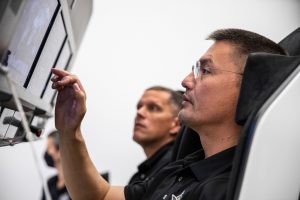
During recent training at SpaceX headquarters in Hawthorne, California, the crew participated in simulations focused on undocking and departing from the space station. All four astronauts practiced in a high-fidelity simulator of SpaceX’s Dragon capsule, complete with flight-realistic hardware, displays, and seats. Each astronaut gained experience suiting up and configuring the spacecraft for departure. Commander Lindgren and pilot Hines took their places in the center seats, with access to flight displays they’ll use to monitor the spacecraft’s status and, if needed, take manual control of the spacecraft.
Astronaut crews regularly train for all phases of flight, using simulations to practice normal operations and respond to any unexpected issues. These simulations typically include multiple “runs” for a given day, with crew and flight controllers practicing a specific phase of the mission. Using simulated data to train personnel, simulations introduce system failures and other challenges to give teams the opportunity to prepare for and understand potential anomalies that could arise during a spaceflight, all while arming the crew with the skills needed for effectively overcoming these challenges.
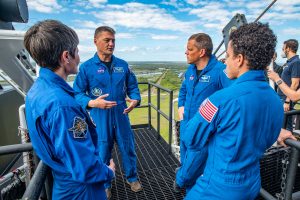
While at Kennedy Space Center for emergency preparedness training, the crew visited the launch tower at Launch Complex 39A and trained on the emergency egress system, which employs slide wire baskets that enable crew and personnel to safely and quickly evacuate from the launch tower in the event of an emergency.
To become more familiar with recovery operations, the astronauts found their sea legs aboard SpaceX’s Dragon recovery vessels that will be used by joint SpaceX and NASA teams to pick up the crew following splashdown at the end of their mission. Two identical vessels cover potential landing zones off of the coast of Florida. The astronauts also toured one of SpaceX’s hangars where Falcon 9 rockets are refurbished and prepared for flight.
The crew is scheduled for a science expedition aboard the International Space Station, living and working as part of orbiting laboratory’s Expeditions 67 and 68. Crew-4 will be the fourth crew rotation mission with SpaceX, and fifth crewed flight overall including the Demo-2 flight test, for NASA’s Commercial Crew Program.
More details about the mission and NASA’s commercial crew program can be found by following the commercial crew blog, @commercal_crew and commercial crew on Facebook. For more Crew-4 images visit the Crew-4 Flickr album.

